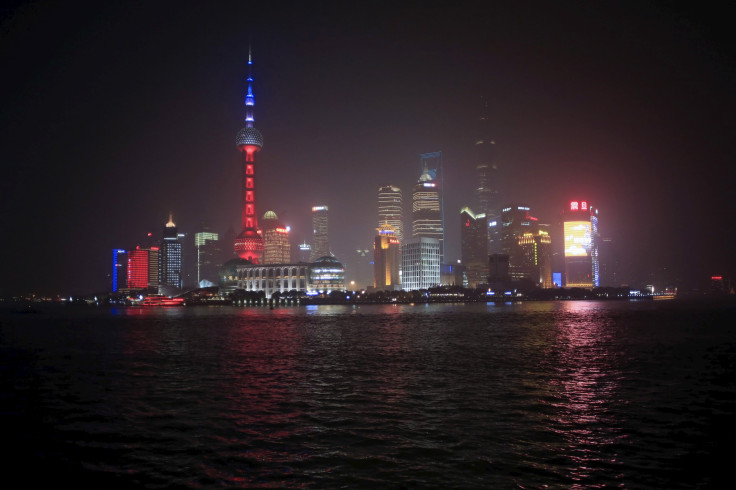China Nighttime Economy: Beijing Boosts 'Night Life' To Push State Growth

As China continues to morph from a rural society to urban, the government is encouraging businesses to boost growth by increasing what they call the “night economy” in cities like Beijing and Shanghai. Officials are searching for ways to improve on some gloomy August economic numbers that showed retail sales at about 7.5 percent growth instead of the expected 7.9 percent.
Shopping malls will be the first place where nighttime activities will take place and it is not only by extending operating hours of retail establishments. Ellen Wei, head of retail for JLL China, said in an email, “The trend for new malls is to have (a food and beverage) area with access to outdoor space on the ground floors. The night-time economy has increased foot traffic for these commercial properties.”
Wei added that malls were also adding live bands, beer-brewing restaurants, escape rooms, theaters and e-sports halls and noted that the peak hours of engagement/consumption occur between 6 p.m. and 12 midnight. She said, “Retailers are happy that the government is backing the night economy.” Even some hospitals have extended their hours.
One of Beijing’s most popular shopping malls, Hopson One, is opening a “late-night canteen” where a slew of events like “street dance” (a current rage in China), music, DJs and other interactive activities will be part of the existing 20,000 square-meter underground food and beverage area. The place was built to resemble an “old town” with narrow stone-paved walkways.
It said the purpose is to “increase the consumption options for the city’s consumers, push forward the rapid development of the city’s night-time economy” and “respond to the government by sparking action in Beijing.”
Tourism will be the target of the increased nighttime activity and some Chinese cities will be investing in the development of light shows and other attractions that use light to create a crowd-pleasing experience.
In June, the China-based LED research group Gaogong said, “Under the support of night-time economy and smart cities, local landscape lighting plans are being released, and many localities plan to spend more than 100 million yuan (about $14 million in USD) in urban beautification, pulling up night-time consumption, giving uses of LED a new space for growth.”
Other Chinese cities joining the light show parade include Qingdao, Yantai and Hangzhou. In Beijing, the Forbidden City held a light show in February that was part of its first night-time opening since it became a museum nearly a century ago. Beijing still has a way to go to obtain the 24/7 vibrancy of New York or London and the determined Chinese government is sure to make that happen in due time.
© Copyright IBTimes 2025. All rights reserved.





















